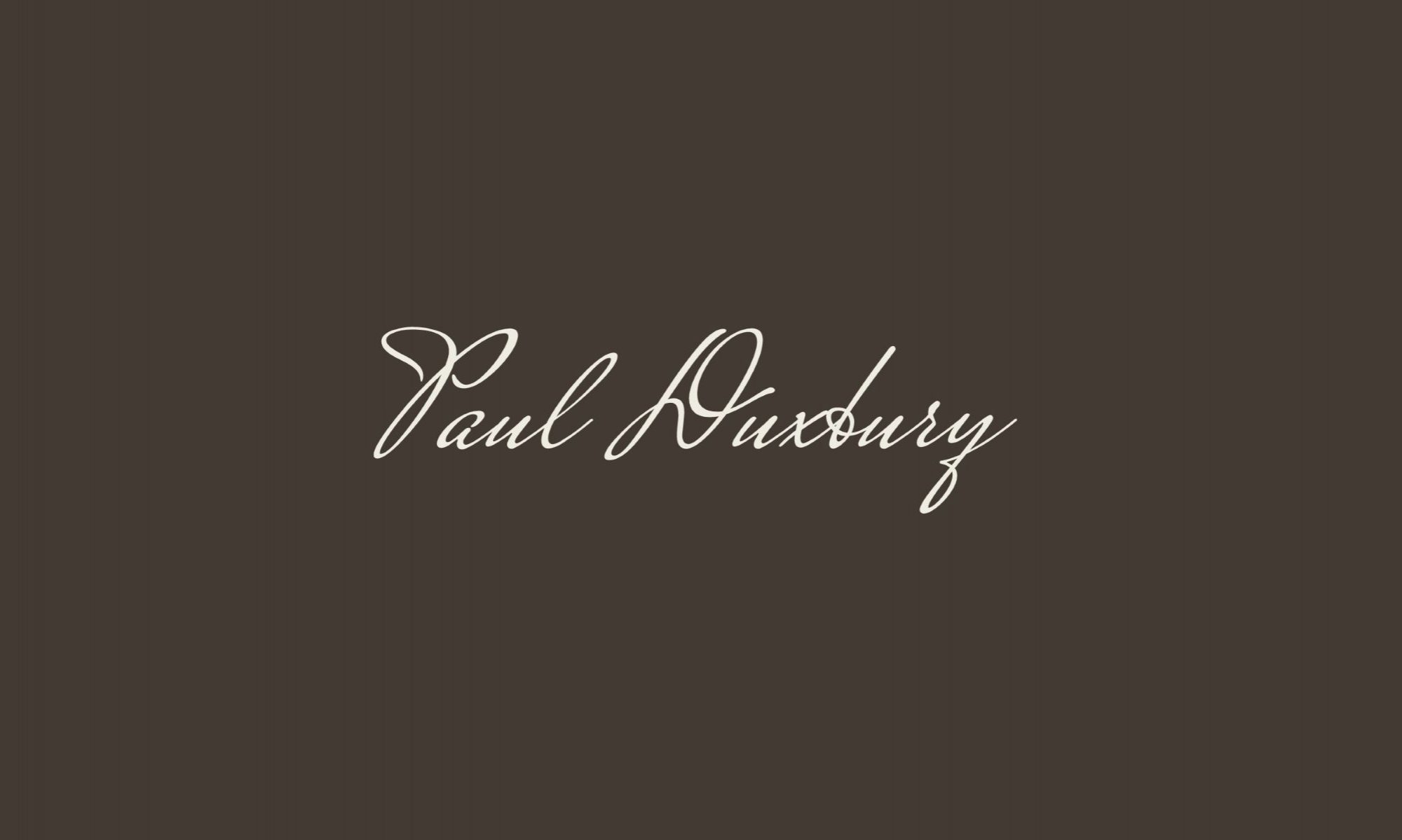In a post earlier today I touched on the importance of committing publicly to a goal that you are working towards. So why is it so important? Promising yourself you are going to exercise, finish your assignment for your CIPD studies or complete your application to become a member of the Learning and Performance Institute are all great goals.
The problem is you are only holding yourself accountable. If you do the work to reach your goal, that’s wonderful. But if you don’t, then no one is going to know. Committing to your goals publicly helps you hold yourself accountable to reach them.
Three Easy Ways To Commit Publicly:
- Sharing your progress with colleagues, family and friends keeps you accountable to a broad group of people who have your best interests in mind. You have to answer to them if you skip a workout or if you increase your debt in some way.
- Create a group on social media and form a group of like-minded people all working to help each other succeed. Peer pressure while working towards a goal can be powerful motivation. The support of others can be invaluable in keeping you on track or getting you back on track if you stumble or want to give up. You can report your progress as well as your fails, while supporting others in their progress. One more way to increase your commitment to your goal is to involve others in its achievement. Instead of engaging your competitive spirit, you can create a spirit of collaboration, cooperation and teamwork.
- Commit on a blog and through an accountability partner or coach. By announcing your intentions on your blog, can hold you accountable to your actions. People will begin to lose faith in you if you don’t follow through and none of us want that do we? The same can be said of an accountability partner or coach. They are putting their time and trust into you. You don’t want to disappoint them do you?
Committing to your goals publicly is a way to get help and support from others, while returning the same for them. When others know your goals, they act as a support system you can go to when you need encouragement and motivation.
Openness enables others to hold you accountable. They will want to know what you did towards your goal that day or week, or why you didn’t work on it.
